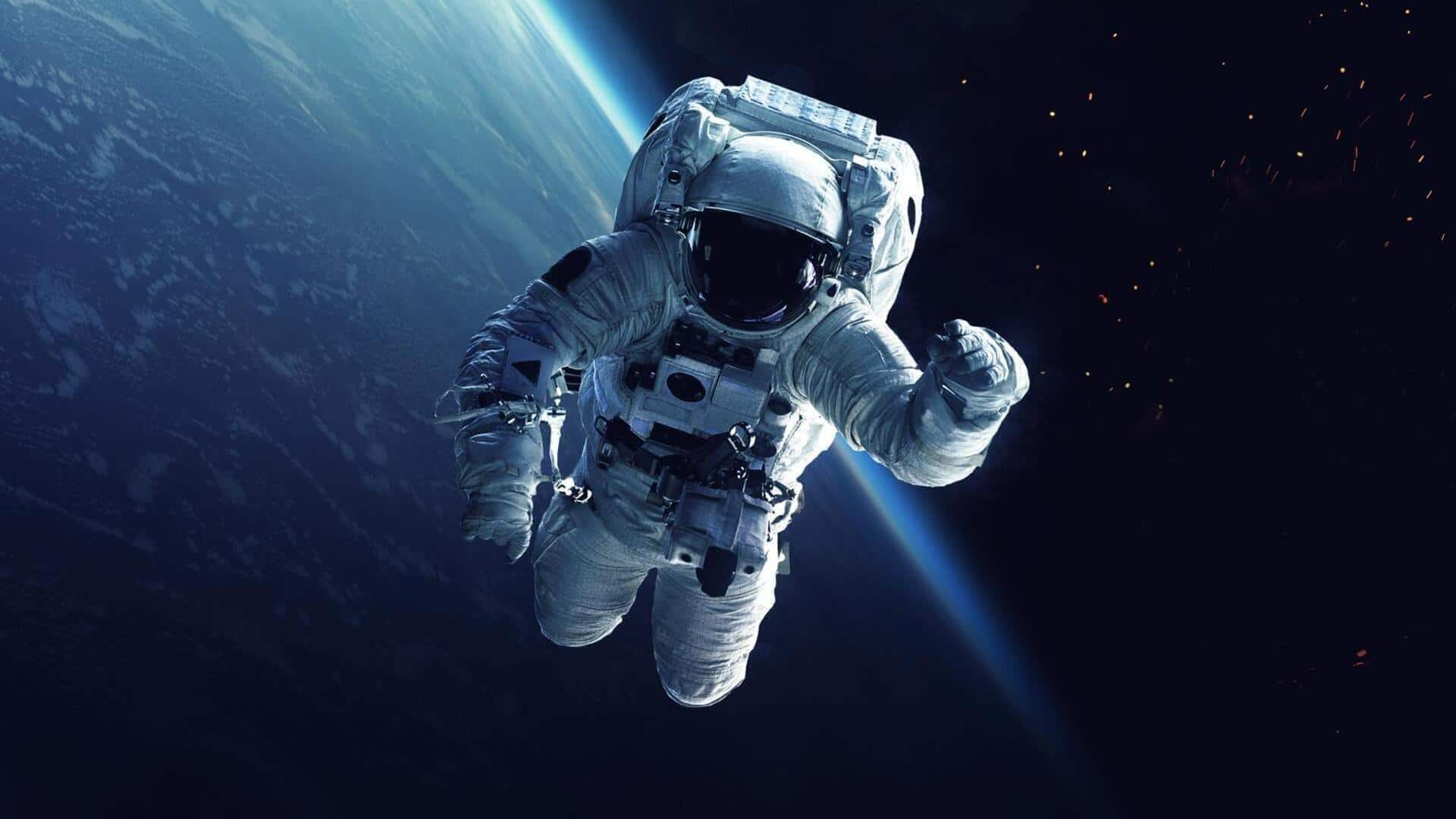
NASA reveals how space travel affects the human body
What's the story
NASA has been studying the effects of space travel on the human body for over 50 years. The research is part of the agency's Human Research Program, which aims to develop safer spacecraft designs, smarter spacesuits, and improved medical procedures. The findings are especially important as NASA prepares for its upcoming Moon and Mars missions under the Artemis program.
Mission duration
Effects of long-duration space travel on astronauts
NASA is particularly interested in the impact of long-duration space travel on astronauts. Scott Kelly and Christina Koch have spent nearly a year in space, providing valuable data on the mental and physical effects of extended missions. Kelly also took part in the Twins Study, where he traveled around Earth while his twin brother Mark remained on Earth. This unique setup offered insights into how space travel affects health over time.
Risk assessment
NASA has identified 5 risks to human health in space
NASA has identified five major risks to human health in space, collectively known as "RIDGE": radiation, isolation, distance, gravity changes, and hostile environments. Radiation is a major concern beyond Earth's protective atmosphere. Solar particles and galactic cosmic rays are dangerous and prolonged exposure can lead to cancer or heart disease. To mitigate this risk, NASA uses advanced radiation detectors and shielding materials on spacecraft.
Mental health
Coping with stress and isolation
Isolation and confinement are major psychological risks for astronauts on long missions. They have to deal with stress, isolation, and cultural differences in small environments for months or years at a time. NASA uses tools like LED lighting, sleep monitors, and virtual reality to help astronauts cope with these challenges. Space gardens, exercise routines, and meaningful tasks also play a key role in keeping crews focused and positive during their missions.
Communication delay
The challenges posed by distance
The distance from Earth presents unique challenges for astronauts. On the International Space Station (ISS), help can arrive in a few hours, but on Mars, it would take months. This means astronauts have to troubleshoot problems without immediate guidance from mission control. To prepare for this, NASA is testing advanced medical systems and AI-assisted decision support tools.
Physical impact
Changes in gravity can affect balance and vision
The absence of gravity is perhaps the biggest challenge for astronauts on a Mars mission. They have to go through three gravity changes—weightlessness in space, one-third gravity on Mars, and normal gravity back on Earth. Each change affects balance, vision, and bodily systems. To counter fluid shifts that put pressure on eyes, NASA has developed thigh cuffs and negative pressure suits.
Health monitoring
Microbial growth in closed environments
Closed environments on spacecraft can also affect health as microbes spread easily. NASA monitors air for harmful gasses and closely watches microbial growth. Crews take regular samples from surfaces, water, and their own bodies to track health risks. Blood and saliva tests show that while astronauts don't usually catch illnesses in space, changes to the immune system remain a concern.